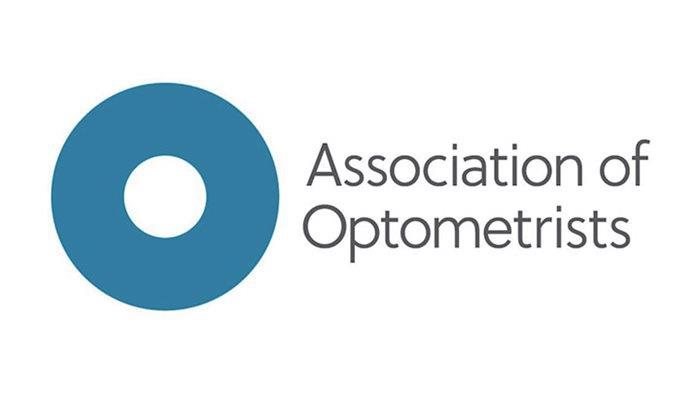21 November 2025
Drivers urged to book eye tests as glaucoma and diabetic eye disease set to rise by 2030
This Road Safety Week, The College of Optometrists and Association of Optometrists are urging all drivers to ensure they have regular eye tests to check their vision still meets UK driving standards.



